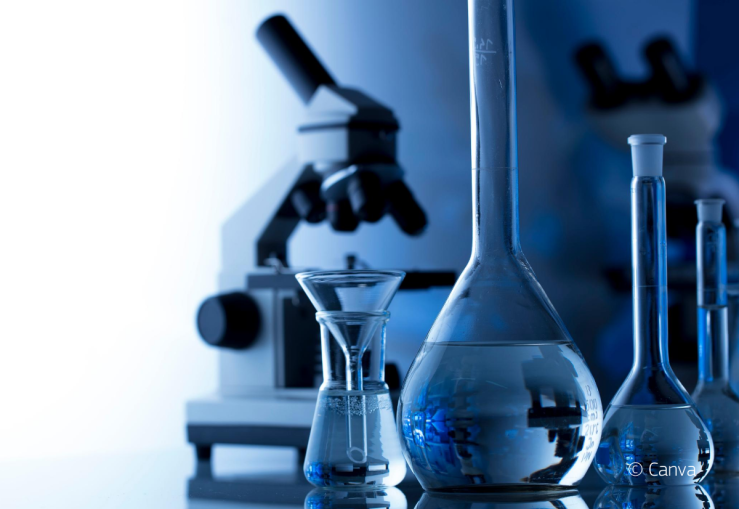Nanomaterials and nanodevices constitute key technology improving e.g. precision medicine and therapeutic approaches. The BOW project will advance this field by camouflaging them with natural biomembranes from extracellular vesicles.
Extracellular vesicle nanoparticles are key players in inter-cellular and inter-organism communication. “Made by cells for cells”, they mediate different physiological and/or pathological processes, e.g. by enabling spreading of diseases. This special ability of extracellular vesicles is given by their membrane properties.
As stated in the project proposal:
The main goal of the BOW project is to explore and consolidate the technology able to impart biological surface precision, circulation and targeting abilities of extracellular vesicle nanoparticles to superparamagnetic nanodevices (Magnetic Bead Devices, MBDs) by “dressing” them with a single- or multi-layer “wetsuit” of EV membrane “fabric”. This will proof and set a general, viable paradigm to recapitulate key biomimetic functions – including camouflage to the immune system and organ site/tumor targeting – to any synthetic nanodevice, while being disruptive as a first example of biogenic nanotechnology.
Major objectives of the project include e.g. production of high-grade extracellular vesicles with biomimetic and organotropic functions, synthesis and functionalization of MBDs, engineering of a microfluidic device for streamlined fabrication of extracellular vesicle membrane coated MBDs (evMBDs) or evaluation of evMBD biological performances and nanotoxicity in-vitro, ex-vivo and in-vivo.
The research team specifies further the possible impact of the project:
If successful, such a non-incremental technology will promote the progress of implantable nanodevices and nanomaterials towards sustainable production and clinical translation, contributing to strengthen and keep in the lead position European biotechnology and impacting life quality for people.
The project coordinator, Prof Paolo Bergese from Centre for Colloid and Surface Science in Firenze (Consorzio interuniversitario per lo sviluppo dei sistemi a grande interfase, CSGI), adds:
I grew up as a scientist at the bio-nano frontier, where I realized colloid and surface chemistry can raise and answer original biological questions. BOW emerges from this challenging and exciting environment. It proposes concepts and technology that reinvent and harness extracellular vesicles to naturally tailor, rather than synthetically tinker, the biological identity of implantable nanodevices and nanomaterials, pushing the envelope of bionanotechnology. BOW is made possible thank to a true multidisciplinary and tight-knit group of scientists, that has been and will be the key to BOW success. I wish to heartfelt thank all of them!
The BOW project was chosen in the FET Proactive: emerging paradigms and communities call (FETPROACT-EIC-05-2019) in subtopic “Implantable autonomous devices and materials”. The project starts in November 2020 and will run for 48 months. Among 11 participants, there are research institutions from Italy, Spain, Germany, Ireland, Switzerland, Estonia and Czechia.

DISCLAIMER: This information is provided in the interest of knowledge sharing and should not be interpreted as the official view of the European Commission, or any other organisation.

